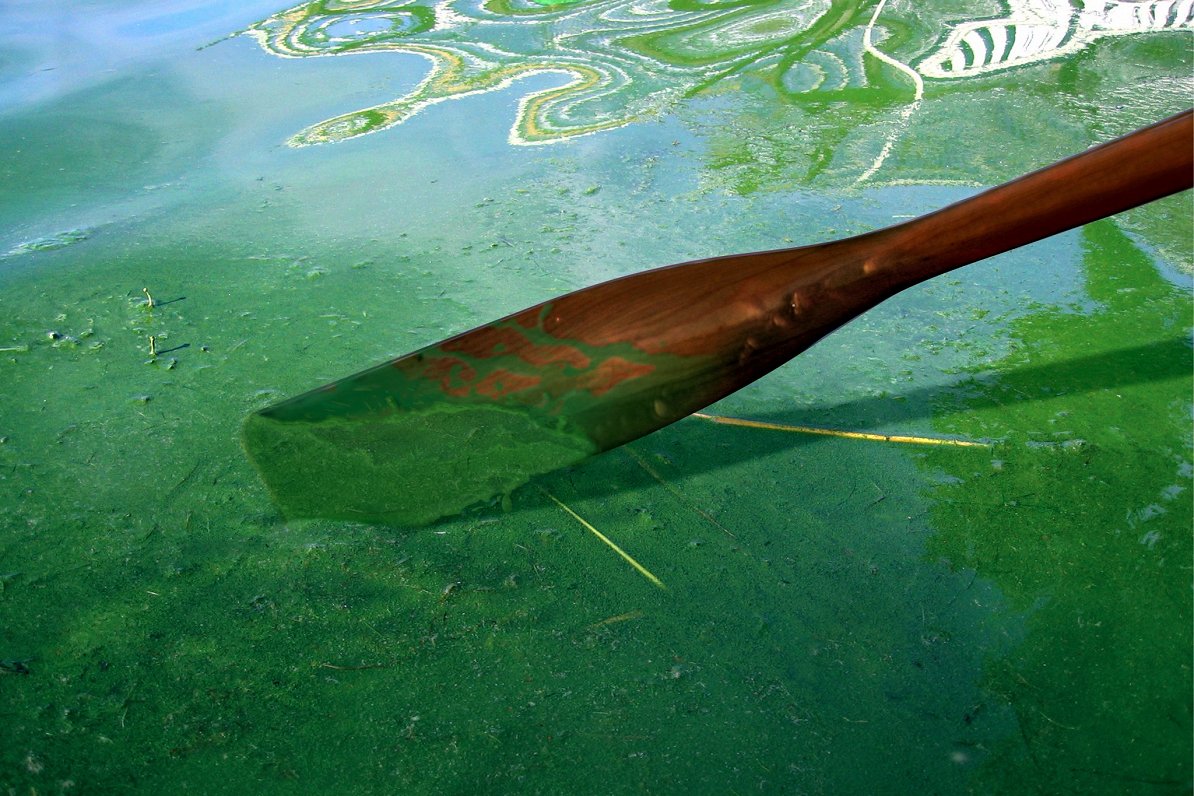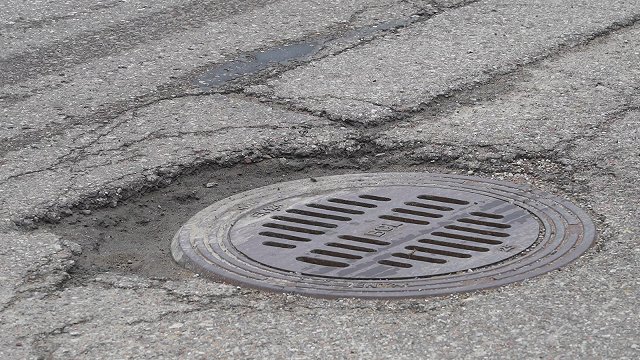The Health Inspectorate and municipal environmental experts carry out regular water testing to monitor the safety of bathing areas for the public.
In Lake Lubāns, Health Inspectorate hygiene expert Vladimirs Miņins has already taken repeated water samples to check for cyanobacteria.
"There was no sign of cyanobacteria, but a few days later, the municipality's experts arrived and found that they had already started to multiply," said Miņins.
Cyanobacteria is not only one of the most common water pollutants but also one of the most dangerous.
"The bacteria can form, [and] release toxins. For example, if a person swims in such water, they can get what is called 'swimmers itch', a rash. There could be other signs of [inflammation] of the skin and intestinal disorders," Miņins said.
After repeated checks, it was concluded that the bacteria had been eradicated from Lake Lubāns and the bathing site was now safe for visitors.
Ruta Sidorova, an environmental specialist at the Rēzekne municipality, stressed that the bacteria can also disappear after rain or stronger winds, so the municipality is carrying out repeated water analyses for safety reasons. Municipalities are obliged to inspect bathing sites every year, cut reeds, improve infrastructure and collect litter.




























